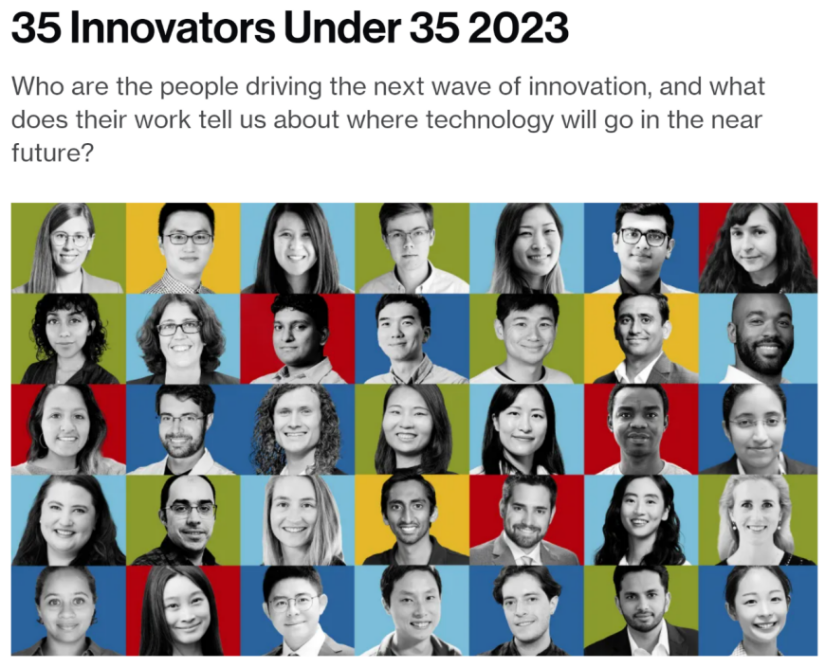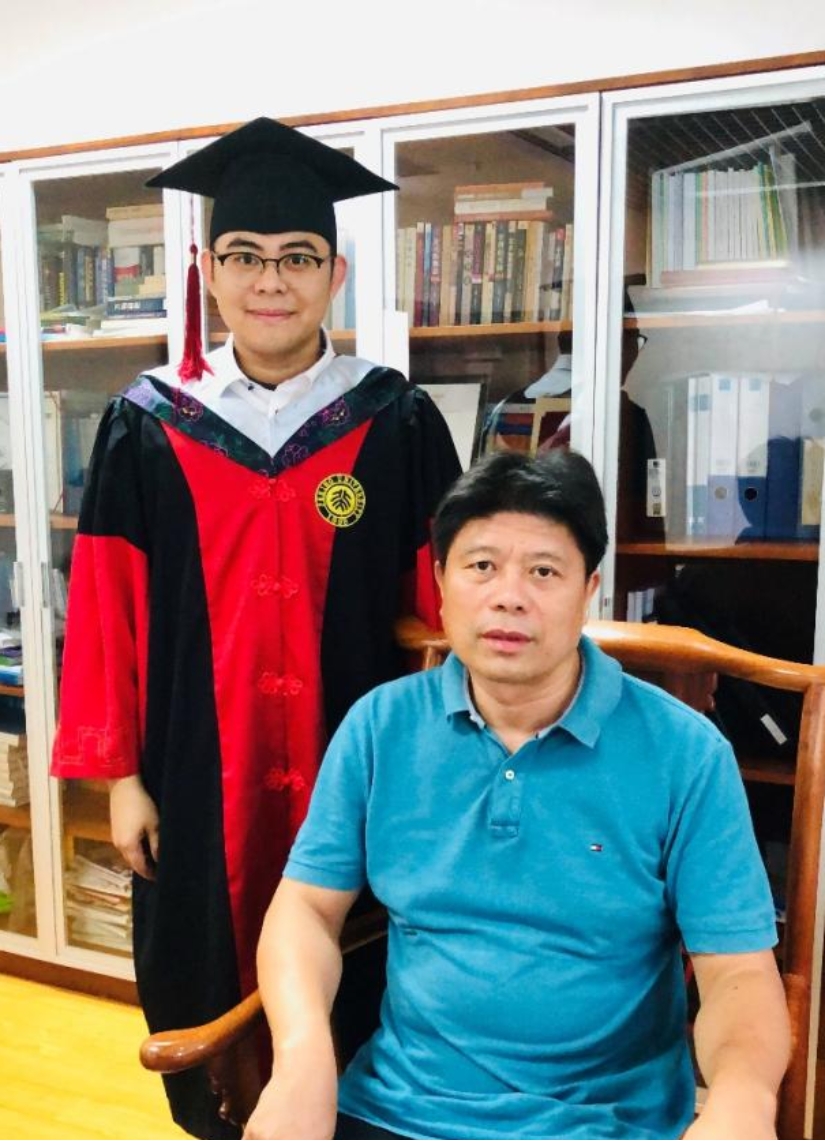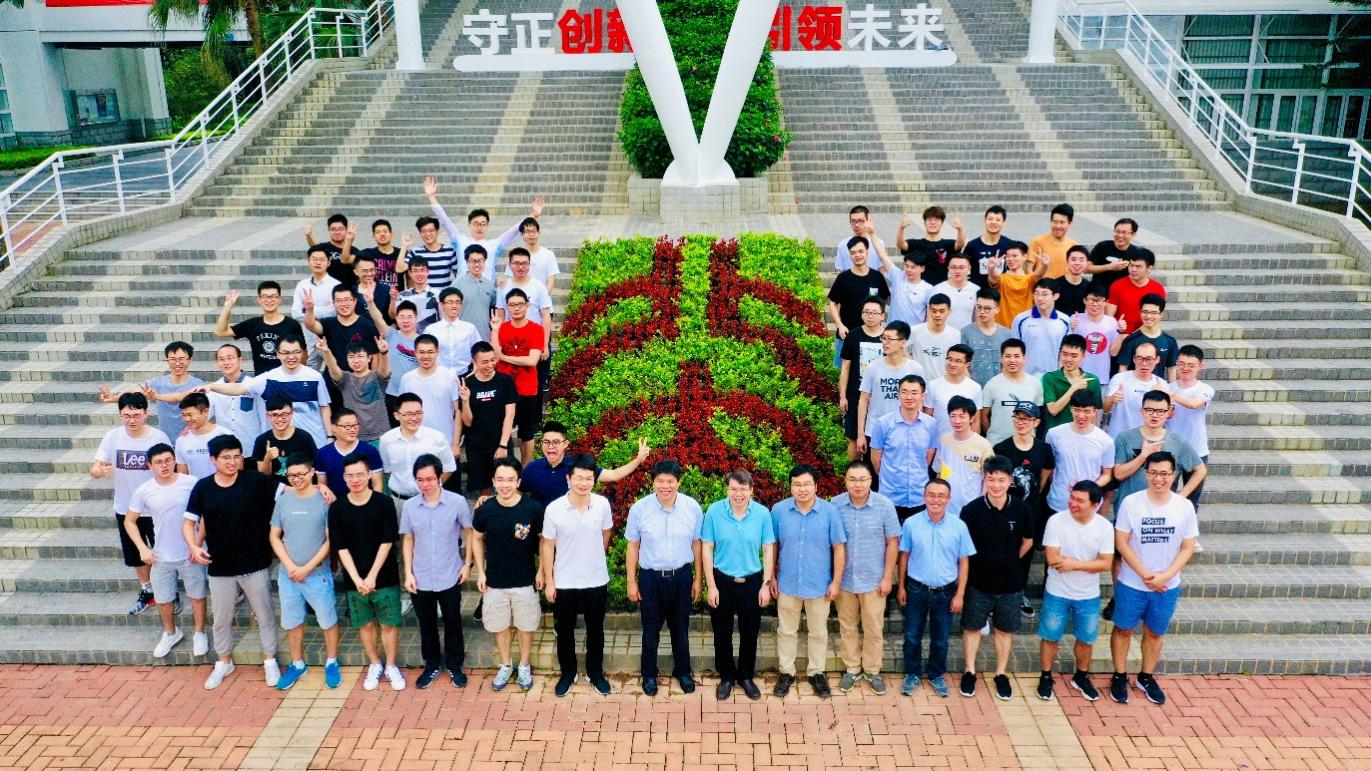In 2014, Tongchao Liu was admitted to the School of Advanced Materials (SAM) at Peking University through recommendation with exemption, ranking first in his class. Under the supervision of Professor Feng Pan, he focused on the development of high-performance cathode materials for lithium-ion batteries. Currently, Dr. Liu serves at Argonne National Laboratory in the United States, where he is engaged in cutting-edge research on lithium-ion/sodium-ion battery cathode materials and multiscale material characterization. As first author and corresponding author, he has published several landmark papers in world-renowned journals including Nature (two papers), Science, Science Advances, Nature Energy, Nature Nanotechnology, and Nature Communications, attracting widespread attention in the field of new energy materials.
In recognition of his outstanding contributions to clean energy, Tongchao Liu was selected for the MIT Technology Review’s 2023 “35 Innovators Under 35” Global List in the field of climate and energy. What led to his inclusion on this prestigious list? What is the significance of his research? Let us step into Tongchao Liu’s world of scientific exploration.


Figure 1. Liu Selected for the 2023 MIT Technology Review “35 Innovators Under 35” Global List
MIT Technology Review praised him with the following assessment: “At 32, Tongchao Liu is developing next-generation high-performance lithium batteries that can last longer and cost less to manufacture than conventional ones. Because battery lifespan and cost are major barriers to electric vehicle adoption, his research could significantly accelerate the electric vehicle revolution.”
Extending battery cycle life—maximizing the number of times a battery can be charged and discharged—is a critical challenge. Tongchao Liu tackled this problem by establishing a new diagnostic system to investigate degradation mechanisms. He found that most lithium battery failures stem from irreversible structural evolution triggered by physical strain in the cathode during the expansion and contraction that occurs with each charge-discharge cycle. To overcome this, he invented a novel perovskite-modified cathode material capable of withstanding lattice strain more effectively. This innovation doubled battery lifespan, reduced manufacturing costs by about 25%, and eliminated the need for cobalt—a costly and strategically critical material. By developing a low-cost, cobalt-free clean energy battery, Liu’s work has drawn significant interest from commercial enterprises.
Pursuing Scientific Dreams with Passion and Boldness
Tongchao Liu joined the SAM in 2014, choosing PKU Shenzhen Graduate School for its exceptional research platform and Shenzhen’s open, innovative, and inclusive environment. At the time, leading lithium battery companies in China were concentrated in Shenzhen, and the research strength and passion of his advisor, Professor Feng Pan, deeply inspired him. Throughout his doctoral studies, Liu held himself to the highest standards, embodying the school motto “Excellence is a habit.” Under the rigorous academic guidance of Prof. Pan and within the vibrant clean energy research group, he continuously pursued excellence and scaled new research heights. He earned his PhD in 2019, during which he published over ten first-author SCI papers, including in Nature Nanotechnology and JACS, and applied for three patents. His outstanding academic performance earned him multiple honors, including the National Scholarship, Beijing Municipal Model Student Award, Outstanding Graduate of Beijing, First Prize of Shenzhen Natural Science Award, and Peking University Outstanding Doctoral Dissertation Award.

Figure 2. Liu with Professor Feng Pan
Dr. Tongchao Liu is currently a research scientist at Argonne National Laboratory in the United States, where he focuses on cathode materials for lithium-ion and sodium-ion batteries, as well as multiscale materials characterization. On his scientific journey, Liu continually challenges himself and innovates, achieving a series of groundbreaking results. His research, including two Nature papers and a Science publication as first or corresponding author, has garnered widespread attention in the field. He also serves as an editor for renowned international journals such as Nano Energy and Materials Today Energy, and sits on the youth editorial boards of several academic journals. His work has earned him honors including the American Chemical Society Young Scientist Award and the ICANX Young Scientist Award.
Carrying Forward the Spirit of Peking University and Leading the Times
Regarding his selection to the MIT Technology Review “35 Innovators Under 35” global list, Liu expressed that it represents recognition of the hard work of both himself and his team—and that such affirmation motivates him to continue exploring even more challenging scientific questions.
His advice to aspiring researchers:“Never shy away from difficult problems or take shortcuts. Always trace issues back to their roots—greater effort leads to greater reward.” He emphasizes that the starting point of scientific research must be bold and innovative, as only breakthroughs lead to qualitative leaps. He also advocates for fostering a collaborative, learning-driven environment within research groups or labs. Although he graduated four years ago and has since established his own team, Liu maintains close research collaboration with his mentor, Professor Feng Pan. Grateful for his experiences, Liu hopes to pass on his knowledge to junior researchers and work together to pursue meaningful, innovative, and impactful science.
For Tongchao Liu, the spirit of Peking University serves as a guiding light in his life. His interpretation includes inclusiveness, fairness, bold innovation, and unique character. The university’s diverse campus gave him lifelong friendships, and he believes Peking University is a place where hard work always yields results. “Peking University has always cultivated leaders of the times. Its rich cultural legacy has subtly and positively influenced generations of students. I will continue to carry this spirit forward, striving for impactful achievements in my field and contributing to national scientific progress.”
Professor Feng Pan and his Materials Genomics and New Energy Materials Team at the SAM have long been dedicated to developing structural chemistry methodologies for new material discovery. They have pioneered a graph theory–based structural chemistry framework and materials structure–function relationship models, integrating materials big data, materials genome concepts, and superexchange interactions of transition metal d orbitals to build a new research system for materials science. The team has also established in situ dynamic structure characterization systems using large scientific facilities such as neutron and synchrotron radiation sources. Their work spans from fundamental innovation to industrial application, supporting critical industries and contributing to national security–related research and development.

Figure 3. Group Photo of the Clean Energy Research Team, SAM
Since its founding, the Clean Energy Research Team has thrived under the tireless mentorship of Professor Feng Pan. Over the past decade, the team has cultivated multiple generations of outstanding researchers, with Tongchao Liu being one of the most prominent examples. To date, nearly 40 graduates and postdoctoral researchers from the team have gone on to hold assistant professor or higher positions at renowned institutions both in China and abroad. These alumni carry forward the Peking University spirit of integrity and innovation and uphold the team’s rigorous scientific approach, continually advancing in their respective research roles while striving to overcome major scientific and industrial challenges.
The report of the 20th National Congress of the Communist Party of China emphasized the importance of enhancing the quality of talent cultivation and developing top-tier innovative talent. As Peking University’s only satellite campus, PKU Shenzhen Graduate School (PKUSZ) upholds the university’s proud tradition of “patriotism, progress, democracy, and science” and its academic ethos of “diligence, rigor, realism, and innovation.” It also embraces Shenzhen’s local culture of bold experimentation, pioneering spirit, and hard work. Guided by the principles of problem-oriented thinking, north–south synergy, AI-driven innovation, and interdisciplinary integration, PKUSZ is deeply rooted in the Guangdong–Hong Kong–Macao Greater Bay Area. By combining Peking University’s disciplinary strengths with Shenzhen’s unique local resources, the school is committed to cultivating innovative leaders who will drive future technological industries and serve national strategic goals. Looking ahead, PKUSZ aims to achieve even greater accomplishments in scientific innovation, talent development, and social service, making more significant contributions to economic and societal progress.
Further Reading
Founded in 1899, MIT Technology Review is one of the oldest and most influential think tanks in the field of science and technology commercialization. Since 1999, the magazine has annually selected 35 innovators under the age of 35 from around the world whose work is expected to have a profound impact on the future of technology. This prestigious list, known as the “35 Innovators Under 35” (TR35), highlights rising stars who are poised to change the world. Past TR35 honorees include tech visionaries such as Larry Page and Sergey Brin (co-founders of Google), Feng Zhang (pioneer of CRISPR gene-editing), Xiaowei Zhuang (pioneer in biological imaging), JB Straubel (co-founder of Tesla), and Andrew Ng (AI and machine learning expert), all of whom went on to become leaders in their fields.
As China emerges as a major force in global technological innovation, a growing number of young Chinese scientists are gaining international recognition. In 2017, the TR35 list officially launched its China edition, dedicated to uncovering the next generation of Chinese innovators in emerging scientific and technological fields. Today, the TR35 stands as one of the most influential youth innovation awards in the global science and technology community.
